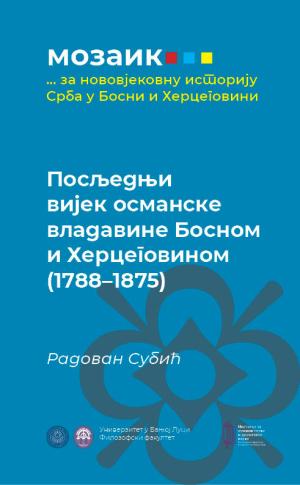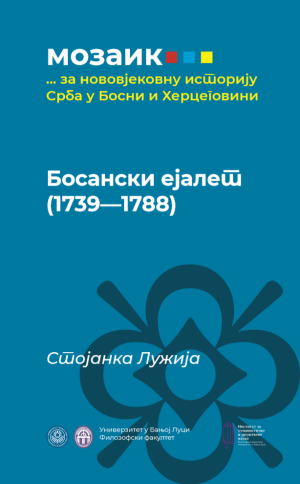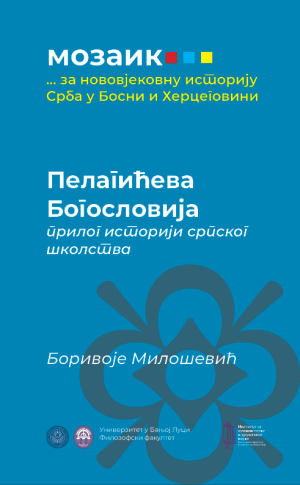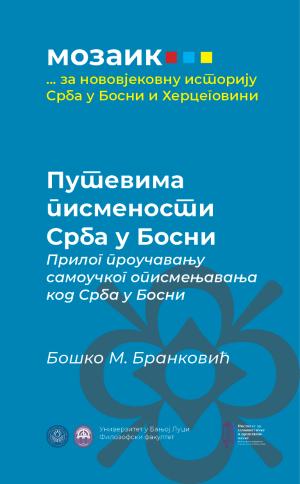for modern history of Serbs
Historical research often resembles real detective work, and the explanation of the results in the form of a written text varies from recounted statistics and chronologies, through description to theoretical analyses. With the author's aspiration that his work illuminates an unknown field, answers certain questions or offers new interpretations of earlier scientific discoveries. The historian's opus is, or at least should be, part of a wider research and creative whole, a mosaic.
The Mosaic for the modern history of the Serbs in Bosnia and Herzegovina in this round represents the circumstances in the Bosnian eyalet in the second half of the 18th century, the Ottoman rule from the time of the French Revolution to the outbreak of the Great Eastern Crisis, offers answers to how the Serbs became literate in an age when organized schools practically did not exist, brings the history of the Pelagic Seminary, an important Serbian educational and national institution.
In the following period, the goal of this library is to offer answers to what daily life was like for Serbs in the territory of today's Bosnia and Herzegovina in the 19th century, the image of the Bosnian vilayet in the press of that time, as well as how and why certain European contemporaries saw and portrayed this area.
Radovan Subić is the author of several books and dozens of articles, is an assistant professor at the Faculty of Philosophy and teaches Serbian and South Slavic history.






